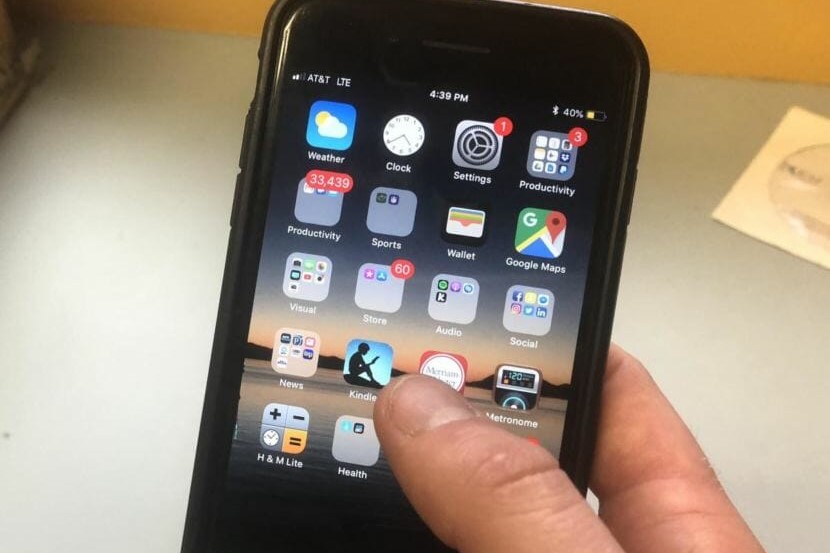
The last time Sitka’s undersea fiber optic cable broke in 2017, the resulting outage lasted 12 days, but didn’t seem nearly as apocalyptic as the latest event.
Seven years ago, we didn’t see stories about the social and psychological impact of the outage. Business leaders didn’t put out a survey on its economic impact like they did this time.
That’s because it wasn’t an outage in 2017 – it was a partial outage. The undersea fiber optic cable to Sitka was still somewhat novel, and the technological infrastructure it would replace was still in play. Everything worked, albeit a bit more slowly.
Not so when Sitka’s fiber optic link broke this time. At 11 a.m. on Aug. 29, Sitkans found themselves without internet, cell service or texting and unable to use credit cards. Even some landlines – depending on the type of phone – didn’t work.
“It’s a consequence of the fact that everything is sort of reliant on the internet these days,” said Joe Kane, director of Broadband and Spectrum Policy for the Information Technology and Innovation Foundation. “Your wireless phone services. Those are getting signals from towers. But then the towers themselves are connected via wired backhaul into the backbone of the internet. Not just these undersea cables, like the one in Sitka, but also the ones that go all the way across the oceans, all around the world. And so any sort of weak link in that chain getting cut means that you lose sort of everything on the other side of it.”
The Information Technology and Innovation Foundation is a nonprofit think tank in Washington, D.C. It has a staff of about 40 people who, among other things, track the massive federal investment in delivering broadband to everyone in the country.
Kane suggested there are things we could learn from Sitka’s outage.
“Sitka experienced a microcosm of the overall vulnerabilities that we could see with undersea cables if there were more widespread outages,” he said. “So I do think it’s maybe highlighting the importance of securing them.”
Kane described a tension between fiber optic cable and satellite technology. Fiber optic can be significantly faster than satellites, but that’s changing. An earlier generation of communications satellites were in high Earth orbit, had limited bandwidth and were slower. Now, Starlink has put thousands of satellites in low-Earth orbit, and as Sitkans quickly discovered, the speed difference was noticeable, but by no means a deal-breaker.
Kane believes that the best policy is to maintain both systems.
“There are satellite options now, and there are alternative cable options so that you don’t end up with only one point of failure,” said Kane. “But I do think that’s something where we should be looking: towards more resiliency and maybe more redundancy. A lot of times people talk about fiber as being future proof, but I think maybe we’re learning that it’s not Alaska proof.”
GCI is heavily invested in undersea cable, and is well toward completion of an 800-mile cable linking the communities of the Aleutian chain. In a response to an email from KCAW, GCI corporate communications manager Josh Edge wrote, “Like all telecommunications networks, fiber is subject to outages, but it has long since proven itself as the most reliable middle-mile network technology available.”
According to Edge, fiber optic has been the backbone of GCI’s network for 25 years.
“Fiber is unique in its ability to deliver orders of magnitude more capacity as technology and customer needs evolve,” he wrote in the email.
The United States is spending $42 billion on universal broadband for its citizens, with much likely to be dedicated to terrestrial infrastructure like fiber optic cable – even though GCI relied on a combination of microwave and satellite technology to maintain a minimal level of service while the cable was repaired.
Kane has no argument with universal broadband as policy, but as a practical matter, Sitka’s experience demonstrates that fiber optic cable doesn’t make sense everywhere.
“I did a back of the envelope calculation the other day,” said Kane. “If you took all the federal money that had been spent on trying to build broadband to Alaska, you could buy every household in the state a Starlink terminal and give them free service on it for multiple years.”
Robert Woolsey is the news director at KCAW in Sitka.

إرسال تعليق